
Ahlat
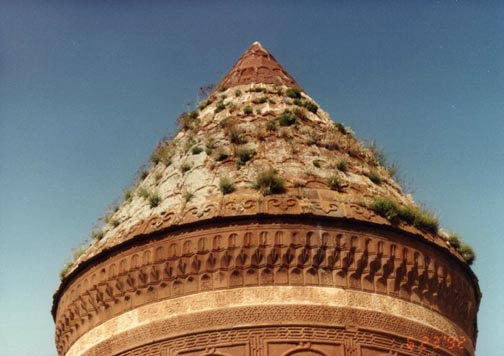
from the Seljuk period
Seljuks, Turkish dynasty prominent in the Middle East during the 11th and 12th centuries. Originally a clan belonging to the Oghuz, a Turkmen tribe of Central Asia, they were converted to Islam in the 10th century and established themselves in the Iranian province of Khorâsân in the early 11th century.
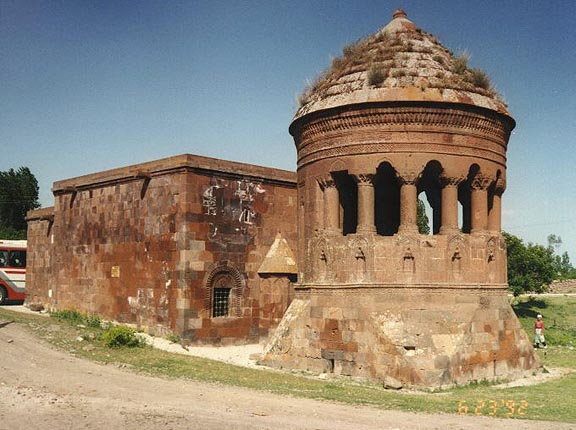
In the period between 1040 and 1055, their chief, Togrul Beg, conquered most of Iran and Iraq and made himself protector of the caliph of Baghdâd, spiritual leader of the Sunni (orthodox) Muslims.
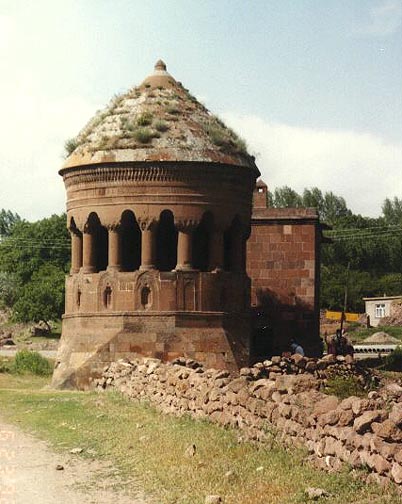
Togrul was given the title sultan by the caliph and made war on the Shia Muslims, who rejected the caliph's authority.
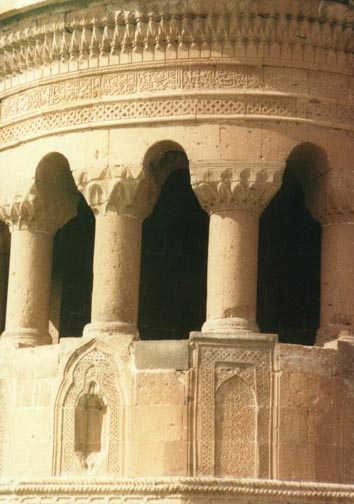
Under Togrul's successors, Alp Arslan and Malik Shah, the empire of the Seljuks was further extended into Syria, Palestine, and Anatolia.
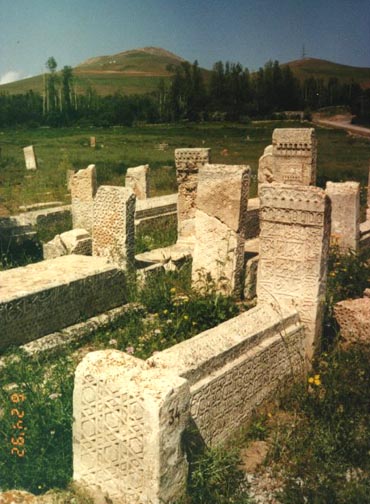
graves
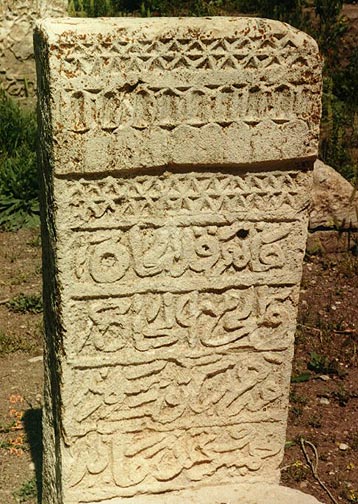
inscription
Alp Arslan's victory over the Byzantines at the Battle of Manzikert (1071) alarmed the Christian world, and Seljuk aggressiveness was a major reason for launching the First Crusade (1095). The main enemy of the Seljuks, however, was the Shia Fatimid dynasty of Egypt.
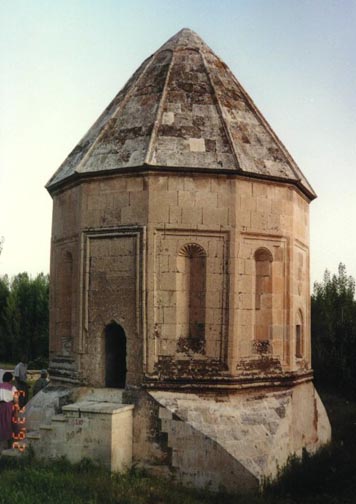
Ruling from their capital at Eºfahân (Isfahan) in Iran, the Seljuk sultans used the Persian language in their administration and were patrons of Persian literature. They founded madrasahs (colleges) to train future administrators in accordance with Sunni doctrine. After the death of Malik Shah and his vizier, Nizam-al-Mulk, the empire was divided among Malik Shah's sons, and Seljuk power gradually declined.

grave stones
A branch of the dynasty, the sultanate of Rûm with a capital at Konya, survived in Anatolia until subjugated by the Mongols in 1243.
Text from Microsoft, Encarta
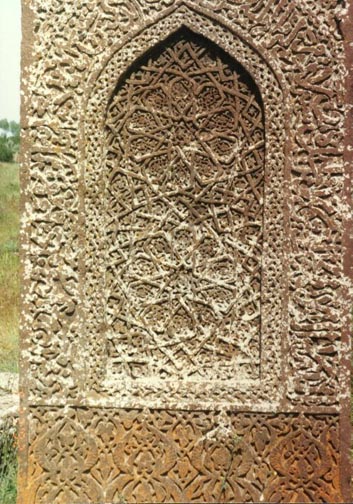
detail
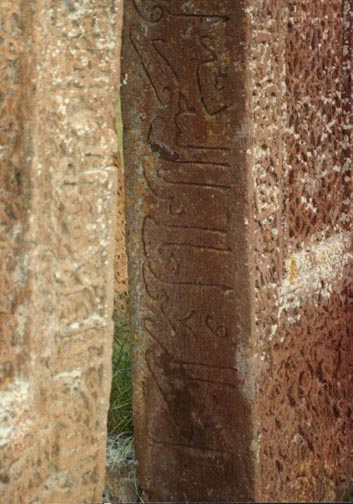
inscription
![]()
Return to Turkey in Europe page
![]()







































